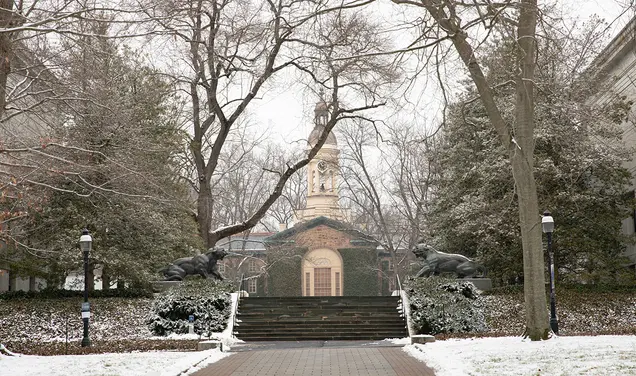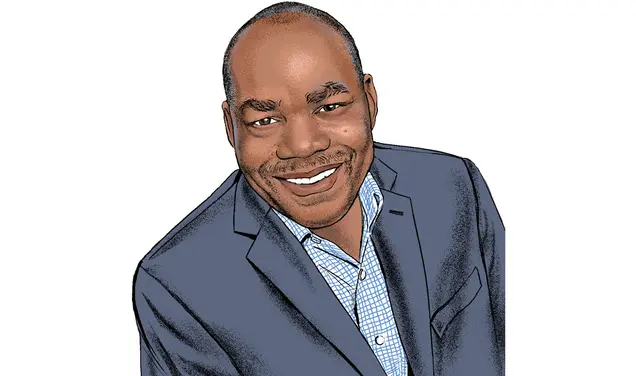From the Editor
I failed my first exam as a graduate student at Princeton, in a statistics course from which there was no escape. The day the results came out, I was summoned to the office of a Woodrow Wilson School dean. She did not tell me to pack up. Instead, she said the school had set up a tutoring group — did I want to join? No charge.
Coming from a large university where students generally fended for themselves, that was a surprise. Then Princeton chipped in for our thesis research. It gave stipends to those who took unpaid summer jobs and invited us to meals with politicians and power brokers. It was easy to think big thoughts at Princeton, and hard not to succeed — even, it turned out, in statistics.
In the decades since, support of that kind has only increased, which helps explain why Princeton and its peer schools have some of the highest completion rates in the United States. Many recent programs, particularly in financial aid, ease the burden on students who have neither the money nor the preparation of wealthier classmates. About 60 percent of the Class of 2016 receives financial aid, compared to 38 percent of the Class of 2001. A growing number of students come from families with incomes below the national median income, while students from families comfortably in the middle class — some with annual incomes greater than $200,000 — also receive grants, which need not be paid back. President Tilghman has said that those from families within the top 5 percent of the U.S. income scale are “significantly overrepresented in our applicant pools.” Poor students are few.
Too many talented low-income students, who could benefit most from the support offered by elite schools, end up at colleges with far fewer resources. And as a result, they have a very different college experience — one with large debts, more hours spent working for pay, and an inability to partake in travel and research programs that could add to their understanding of the world.
While some of Princeton’s rising freshmen learn important lessons about service and international affairs through the University’s bridge-year program, how many opportunities are there for undergraduates to immerse themselves for an extended time in poor communities in the United States, a world that is foreign to many? The education in public policy I received at Princeton was extraordinary, yet it was spending time in public-housing projects and inner-city schools as a young newspaper reporter that made it real.
Tilghman is leading a committee studying ways to have “sustained impact on the socioeconomic diversity of the student body not only at Princeton, but at peer institutions.” Another Princeton committee is examining how different socioeconomic groups experience life on campus. The president has said that “everything is on the table” as the University explores these issues, including such things as Princeton’s no-transfer policy. Professor Miguel Centeno, an advocate for low-income students on campus, discussed the issue with PAW writer Christopher Connell ’71 (page 35). As he noted, even Princeton can’t solve what is a national dilemma, but there seems no better place than Princeton at which to start.
— Marilyn H. Marks *86











No responses yet